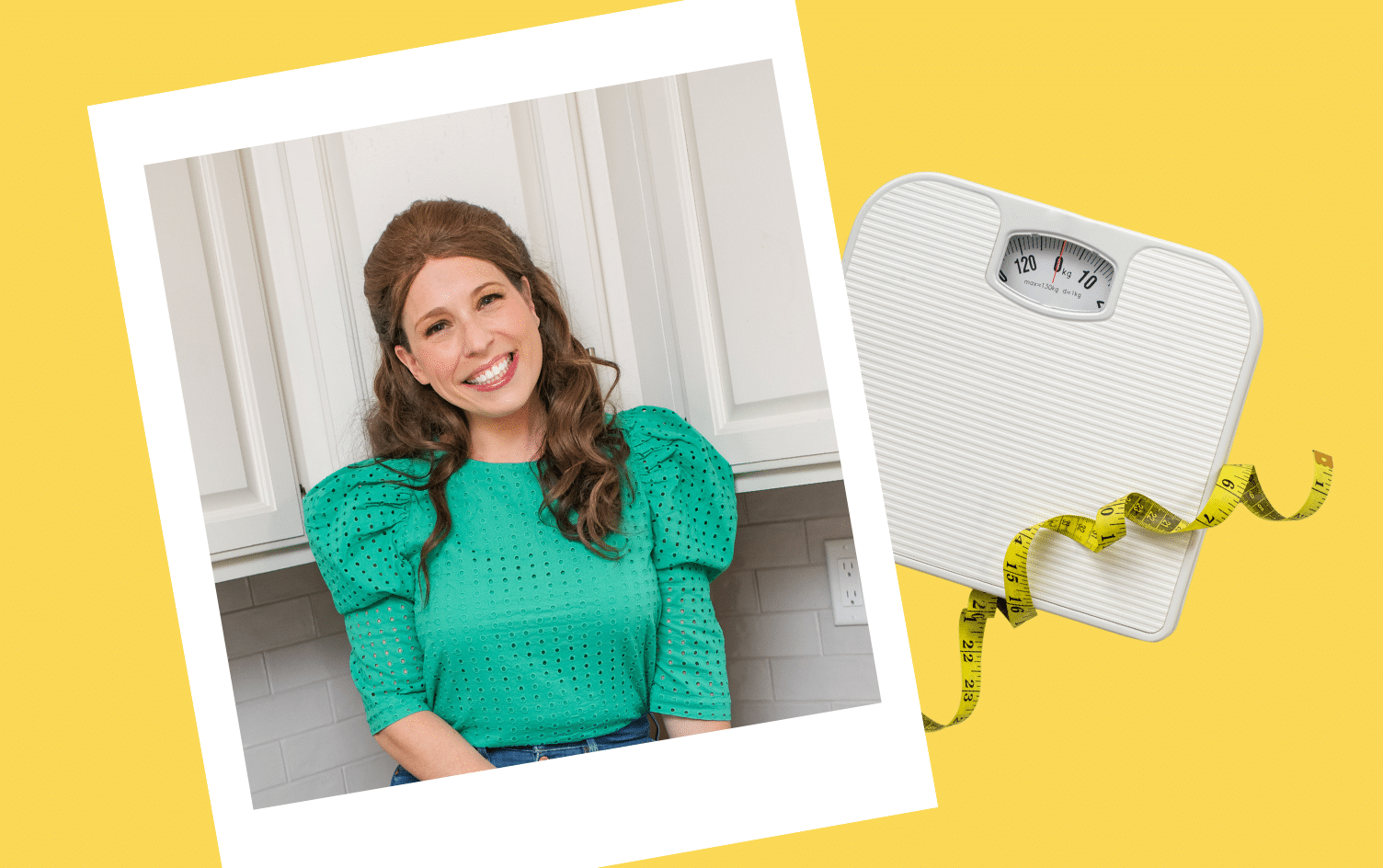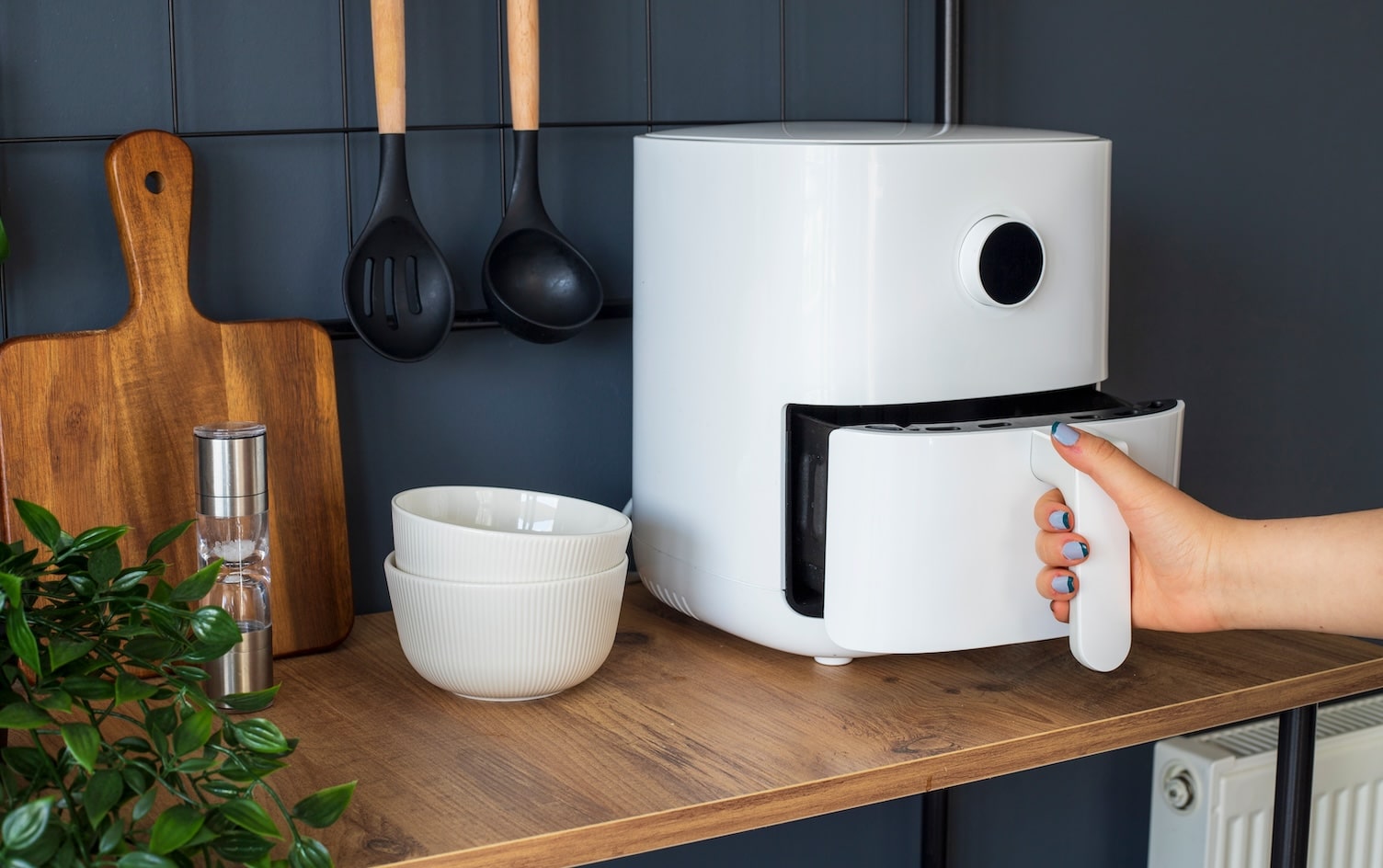It’s well-established that increasing your intake of fruits and vegetables is good for you for basically every reason under the sun. But, nine out of 10 times, the reason you may not get the recommended 5–6 servings each day has something to do with the fact that fresh fruits and vegetables aren’t always terribly convenient to consume during a jam-packed day.
Enter the magic world of juicing and smoothie-ing. Making fresh juice or blending fruits and vegetables into smoothies can be an easy way to get your daily servings. But these two convenient vehicles for fruits and vegetables aren’t created equal, nor are the nifty pieces of equipment that make them in a snap. Here’s everything you need to know about juicers and the high-speed Vitamix blender.
THE DIFFERENCE BETWEEN JUICING AND BLENDING
Juicing is the process whereby the liquids contained in a fruit or vegetable are separated from the pulp. The result of juicing is a thin, concentrated, highly nutritive liquid that contains all of the vitamins, minerals and other phytonutrients associated with positive health effects in the fruit or vegetable without the fiber. To extract the juice, you need a juicer.
Conversely, blending uses the whole fruits and vegetables. Whatever you put in the high-speed blender is what ends up in the volume of the drink you make (known as a smoothie.) This includes the nutrient-dense juice, the pulp and the fiber.
WHICH IS HEALTHIER?
There are health benefits to both juicing and blending. Juicing provides a nutrient-dense beverage in a small amount of liquid. Those following a low-fiber diet may find juicing to be a better option than blending. Juice serving sizes are also smaller than blended smoothie drinks because the pulp is not present, and the liquid in the nutrients is very concentrated. Lastly, juicing can be quite expensive as it requires a greater volume of produce to make a single serving of juice. For example, 2 oranges, 2 stems of kale, 1/2 cup pineapple, 1 cup berries to make about 1 cup of juice. The same amount of produce would yield about 3 cups of blended smoothie.
Those looking to work more fiber into their diet will benefit from blending smoothies, which contain the fiber missing in juice. Smoothies can include nuts, seeds, yogurt or other healthy proteins and fats to make them true meals, instead of just nutrient-dense snacks.
In either case, it’s important to watch the serving sizes and keep an eye on sugar — especially any added sugar in smoothies.
ARE VITAMIX OR JUICERS NECESSARY?
The answer depends on your wants and goals. If you’re interested in drinking more juice and fewer smoothies, a juicer is the kitchen device you’re looking for. Some models even make nut milk.
If you’re interested in drinking more smoothies, a juicer won’t help you. But a high-speed blender, like a Vitamix, will. And it will do more than just make smoothies. The newest models of high-speed blenders will also make soup, nut butter, sauces and pestos in a flash. One of the only liquids they can’t make is beautiful juice.




